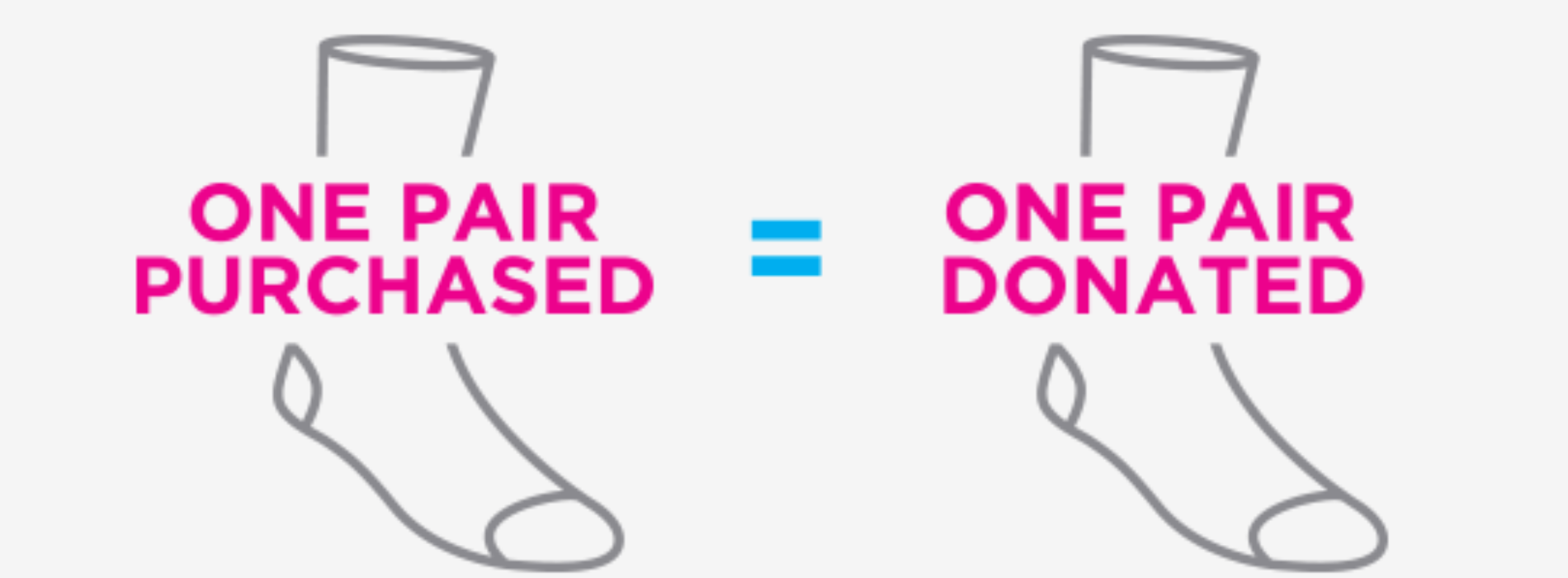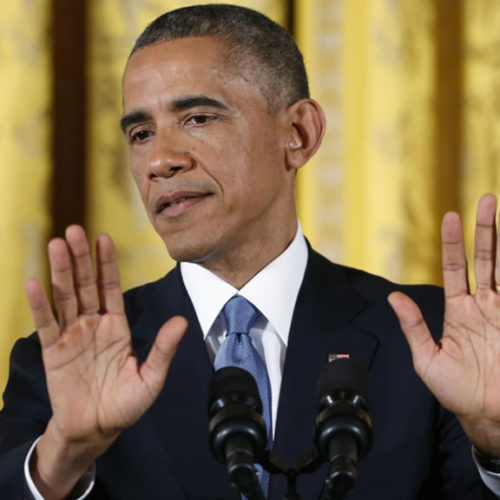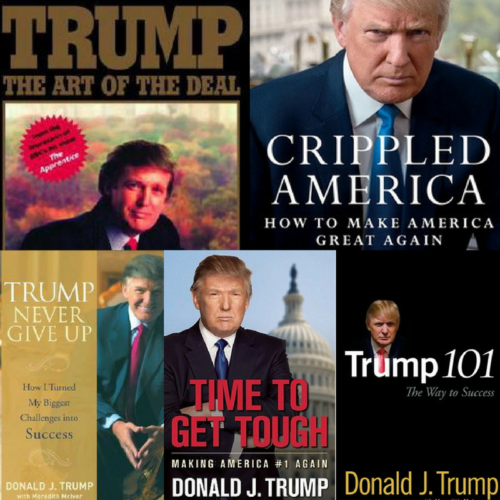Bombas Brings Comfort to the Homeless, One Pair of Socks at a Time
“Socks are the number one most requested clothing item at homeless shelters.”
When Randy Goldberg and David Heath learned this fact a few years ago, they decided do something to address the problem. They could have simply bought and donated socks to homeless shelters, but instead decided to embrace the social entrepreneur spirit and design the best sock on the market for consumers as well as for the U.S. homeless population.
“We decided to start there — have a customer-focused approach to innovate and create a great sock — the best sock in the history of feet,” Goldberg told Forbes earlier this month.
“Bombas” is a derivative of the Latin word for bumblebee. The idea that bees work together to make their hive a better place inspired Bombas’ catchphrase: bee better.
In order to “bee better,” Goldberg and Heath took two years and an Indiegogo campaign (and, later, an appearance on ABC’s “Shark Tank”) to do the research and development they needed to produce a superior sock that would satisfy both the high standards of the American consumer and the unique needs of the homeless.
Using the “buy one, give one” model made famous by TOMS shoes and Warby Parker eyeglasses, Bombas’ signature socks are made of extra long staple cotton, have a y-stitch heel for extra support and a blister tab to prevent chafing. Bombas socks keep feet warm in the winter, cool in the summer and have a natural moisture wicking process to keep feet dry, which makes them ideal for the homeless, who are often transient, travel by foot, and battle a range of weather-related problems.
Once the socks hit the market, however, Goldberg and Heath realized they could make their product even better to address the unique needs of the homeless communities they serve.
Consumers get a high-end sock that’s fashionable and ideal for outdoor pursuits, and the homeless get a high-end sock that’s all that, plus it comes with an anti-microbial treatment to prevent infections common to those who experience prolonged exposure to the elements. The donated socks also come in a dark color, so wear is less visible, and have reinforced seams to increase durability.
There’s a very good reason homeless shelters value socks above all other clothing items. As Jay Herriott of The 25th Project, which serves the homeless community in the Washington, D.C. area, tells Opportunity Lives, “Socks are vital to survival in the life of a homeless person because having warm, clean feet is essential to good health. If your feet are wet and cold, it can be a miserable opening to more health issues.”
When they launched, Goldberg and Heath had what they thought was a very ambitious, but doable, goal of Bombas donating 1 million socks by 2025. Their socks were so well received by the buying public that they reached that goal in September last year. Right now, their website shows a total of 1,587,331 socks having been donated. That’s 1,000 socks per day.
“More than anything,” he added, “it was affirming that other people felt the same way we did — that our products were something worth purchasing and the cause was something to spend time on.”
Bombas recently began a partnership with the U.S. Department of Veterans Affairs, with a first year goal of donating one pair of socks for an estimated 40,000 homeless U.S. veterans.
Holly Hirsel, a program specialist with VHA Homeless Programs, told the VA’s blogVantage Point, “These Veterans lack the basic essentials that so many of us take for granted. When they are given the right resources and the right opportunities, we know they can be successful.”
Meeting the unique needs of their clients is an important component of the Bombas’ social entrepreneurism. To that end, Bombas is hoping to increase their impact by introducing a partnership with Special Olympics in the near future.
This article was originally posted on Opportunity Lives.



